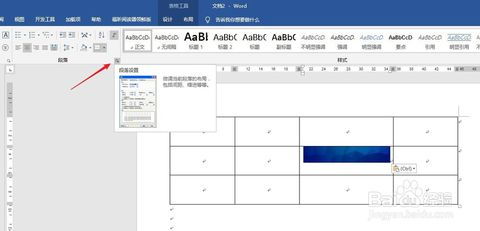嵌入式问句英语,Understanding Embedded Questions in English Grammar
嵌入式问句(Embedded Questions)在英语中是一种将一个疑问句嵌入到另一个句子中的结构。这种结构通常用于表达间接疑问,即说话者希望以一种礼貌或委婉的方式询问信息。下面是一些嵌入式问句的例子:
1. I don't know where she lives. (我不知道她住在哪里。)
2. Do you know who called me yesterday? (你知道昨天谁给我打电话了吗?)
3. Can you tell me what time the meeting starts? (你能告诉我会议什么时候开始吗?)
4. She asked whether we would go to the party. (她问我们是否会去参加派对。)
5. He wondered if the restaurant was open on Sundays. (他想知道那家餐厅周日是否营业。)
在嵌入式问句中,疑问词(如who, what, where, when, why, how等)通常位于句首,而助动词(如do, does, did, can, will等)则放在主语之后。这种结构在英语口语和书面语中都很常见,能够使语言更加流畅和自然。
Understanding Embedded Questions in English Grammar

English grammar is a complex system that encompasses various sentence structures and types. One such structure is the embedded question, which plays a significant role in both written and spoken English. This article aims to delve into the concept of embedded questions, their structure, and their usage in English communication.
What is an Embedded Question?

An embedded question, also known as an embedded interrogative clause, is a type of sentence that contains a question within another sentence. Unlike a traditional question, an embedded question is not standalone; it is integrated into a larger sentence structure. This feature makes embedded questions versatile and useful in various contexts.
Structure of Embedded Questions

The structure of an embedded question typically consists of a main clause and one or more embedded questions. The embedded question can be placed at the beginning, middle, or end of the sentence. It is usually introduced by interrogative words such as what, when, where, who, which, why, and how. Here's an example:
Do you know what time it is?
Order of Clauses in Embedded Questions
The order of clauses in an embedded question is fixed. The embedded question comes first, followed by the main clause. This structure helps distinguish embedded questions from traditional questions. Consider the following example:
Do you know where he lives?
Real and Unreal Meanings in Embedded Questions

Embedded questions can convey either real or unreal meanings. A real meaning indicates that the speaker is seeking information or clarification, while an unreal meaning suggests that the speaker is expressing a doubt or uncertainty. Here's an example of a real meaning:
Do you know how to use a computer?
And an example of an unreal meaning:
Do you think he will come to the party?
Examples of Embedded Questions

Embedded questions are commonly used in everyday conversations and written texts. Here are some examples:
- I wonder if it will rain tomorrow.
- I'm not sure whether she will accept the job offer.
- Can you tell me where the nearest post office is?
When to Use Embedded Questions

Embedded questions are particularly useful when you want to be polite or indirect in your communication. For instance, if you're discussing a sensitive topic with a superior or colleague, using an embedded question can help avoid confrontation. Here's an example:
Are you thinking about changing the project deadline?
Conclusion

Understanding embedded questions is essential for effective communication in English. By recognizing their structure and usage, you can enhance your ability to convey information, express doubts, and engage in meaningful conversations. Remember to pay attention to the order of clauses and the intended meaning when using embedded questions.
Tags:

English grammar, embedded questions, interrogative clauses, sentence structure, communication, language







